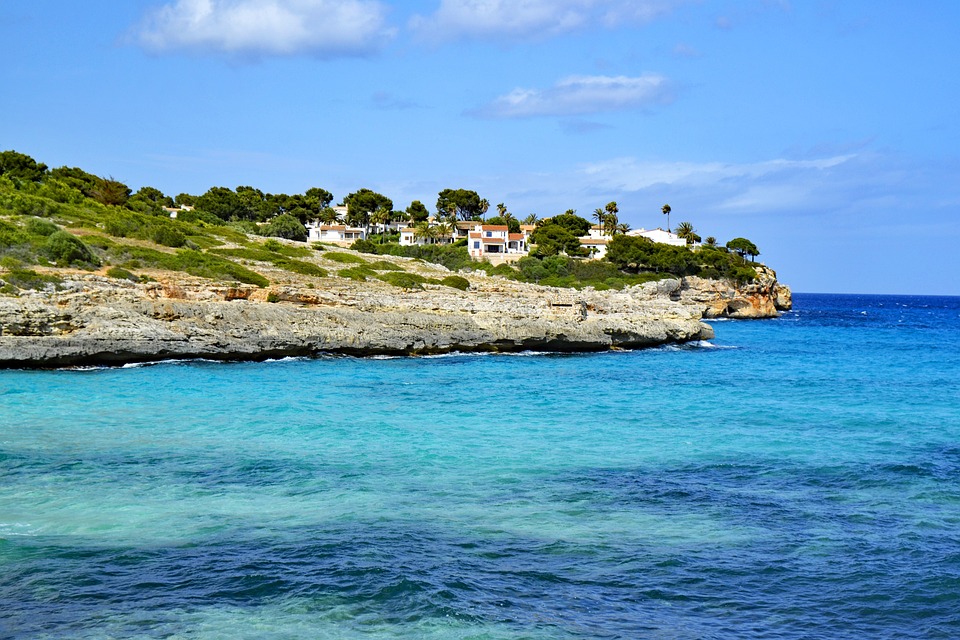Introduction
Historical Significance
Cartagena, located in the southeastern region of Spain, is a city brimming with historical significance. With a rich past dating back over 2,200 years, it has been influenced by several civilizations, including the Phoenicians, Romans, and Moors. Walking through the city streets, one can witness the remnants of ancient walls, archaeological sites, and Roman theaters, which serve as a testament to Cartagena’s fascinating past.
Unforgettable Landmarks
Cartagena boasts an array of unforgettable landmarks that enthrall both adventure seekers and history buffs. The Roman Theatre Museum, carved into the side of a hill, is a must-visit attraction. It offers a glimpse into the ancient Roman Empire through its well-preserved ruins and artifacts. Another notable landmark is the Cartagena Cathedral, a gothic masterpiece that dominates the city’s skyline and houses numerous religious treasures.
Outdoor Adventures
For adventure seekers, Cartagena offers a plethora of outdoor activities. The surrounding coastline boasts beautiful beaches, perfect for sunbathing or water sports such as sailing, windsurfing, and scuba diving. Additionally, the Mar Menor, a saltwater lagoon nearby, provides a unique setting for water-based adventures. Nature enthusiasts can explore the stunning Sierra de la Muela, Cabo Tiñoso, and Roldán, which offer hiking and biking trails with breathtaking views of the Mediterranean Sea.
Cultural Delights
Immersing oneself in Cartagena’s vibrant culture is an experience to savor. The city hosts various cultural festivals throughout the year, showcasing traditional music, dance, and cuisine. The Semana Santa procession, held during Easter, is particularly spellbinding, with intricately decorated floats that depict biblical scenes parading through the streets. Art enthusiasts can explore the Contemporary Art Museum, featuring works by renowned Spanish artists.
Gastronomic Delicacies
No visit to Cartagena is complete without indulging in its gastronomic delights. The city offers a range of culinary experiences, from fresh seafood caught daily to tapas bars serving traditional Spanish dishes. Calamari, paella, and regional favorites like habas con jamón (broad beans with cured ham) tantalize taste buds. To complement the meal, locals often sip on sangria or enjoy a glass of regional wine, such as the Murcia Denomination of Origin wines.
Is Cartagena safe for tourists?
Yes, Cartagena is generally safe for tourists. However, as with any destination, it is important to remain vigilant and take necessary precautions to ensure personal safety.
What is the best time to visit Cartagena?
The best time to visit Cartagena is during the spring (April to June) or autumn (September to November) when the weather is pleasant, and there are fewer crowds. Summers can be hot and crowded due to peak tourist season.
How do I get to Cartagena?
Cartagena is well-connected by public transportation. The city has an airport, and train and bus services are available from major Spanish cities. Additionally, there are cruise ship options that dock at the port of Cartagena.
